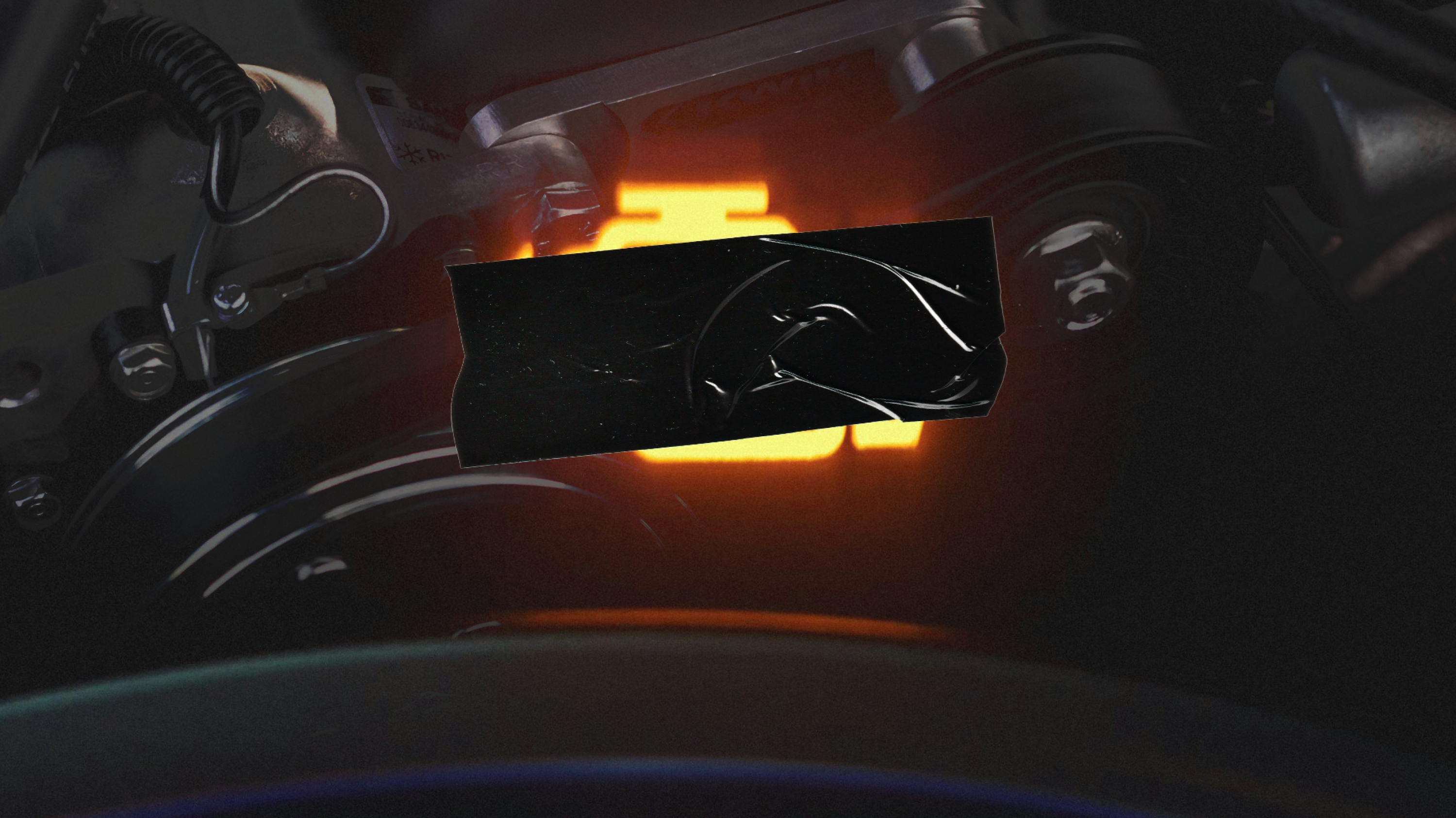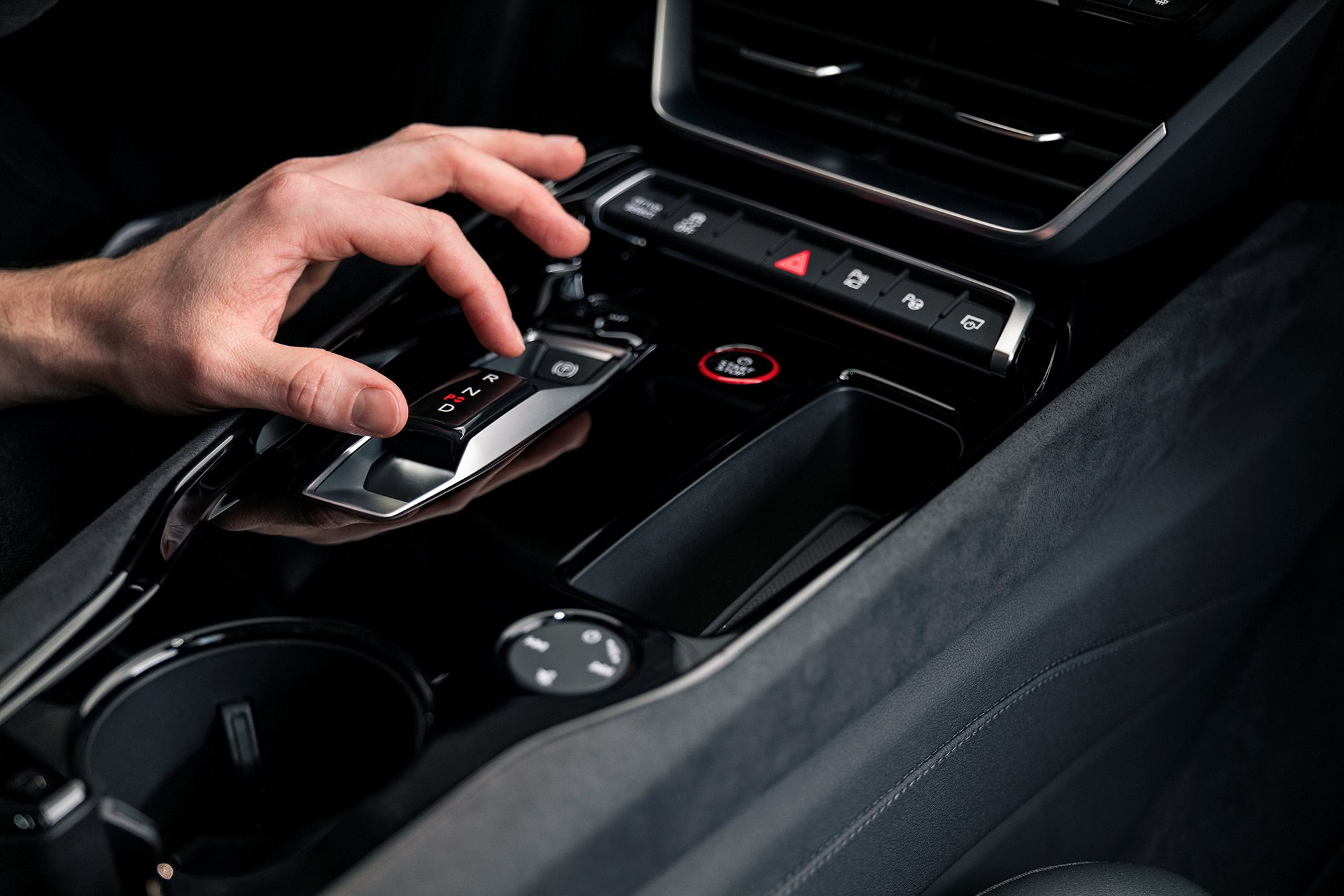
Remember the maxim that more gears are better? Electric vehicles are… different.
Conventional combustion-engined vehicles mostly have upwards of six drive gear ratios today, while some older models could only have four or five – while newer transmissions may go up to 10. (So far, none have turned it up to 11… although Honda has a patent!)
But, most electric cars only have one gear – officially labelled a ‘single-speed transmission’ – so why is this the case?

What are car gears?
Vehicle transmissions (or gearboxes) convert the power from the engine into momentum to drive the wheels.
Each combustion engine only delivers maximum power and torque within a limited revolutions-per-minute (rpm) range, and most reach their limit at a 6000 to 8000 rpm redline.
So, selecting the right gear will help achieve responsiveness or maximise efficiency, depending on the driving condition.
That’s why you or the car (manual and automatic transmissions respectively) will need to kick down a gear when climbing up a hill, whereas staying on the highest gear possible when travelling on the highway will improve fuel efficiency.
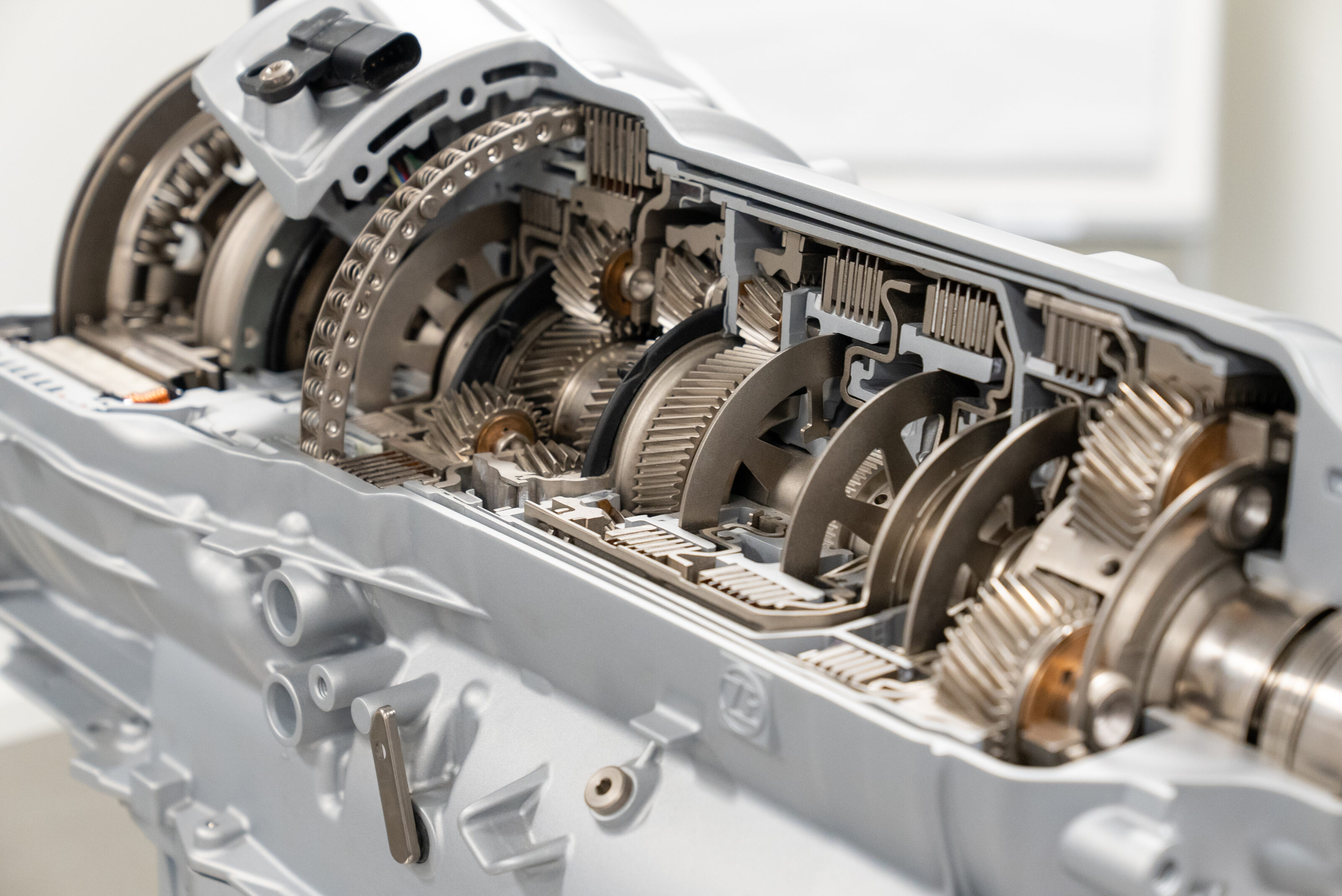
Why do EVs need a gear at all?
Unlike traditional engines, electric motors can provide maximum power and torque from just one rpm, with no limited power band, and can easily spin up to 10,000 to 20,000rpm.
As a result, EVs only require one gear and can provide instant acceleration response from pressing the pedal, without needing to wait for the transmission and engine to react.
Meanwhile, some high-performance EV models such as the related Porsche Taycan and Audi E-Tron GT sports sedans employ a two-speed transmission for even faster acceleration from a standstill on a short first gear ratio, while ensuring better efficiency and more power at high speeds on a long second gear.

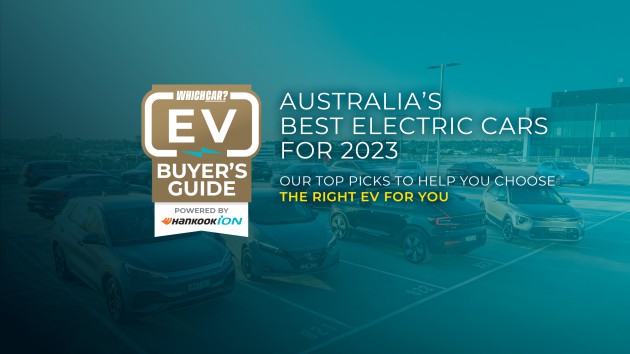
Australia’s best electric cars for 2023
We’ve tested nearly every EV below six figures in Australia to rank the best on sale today
However, Tesla and Mercedes-AMG EVs, and the new Kia EV6 GT – among others – have proven that having more than one gear isn’t essential to rapidly reach high speeds.
For driving enthusiasts who lament the loss of the feeling of traditional gears, Lexus and Hyundai’s N division are developing technologies that mimic the feeling of traditional manual or dual-clutch transmissions respectively for their EVs.
Ultimately, the simplicity and flexibility of electric drivetrains theoretically means better reliability and reduced maintenance in the long-run, with only one or two gears and instant acceleration response to make driving more comfortable, seamless and easier.
⚡ More EV stories to help you choose the best car for your needs
We recommend
-
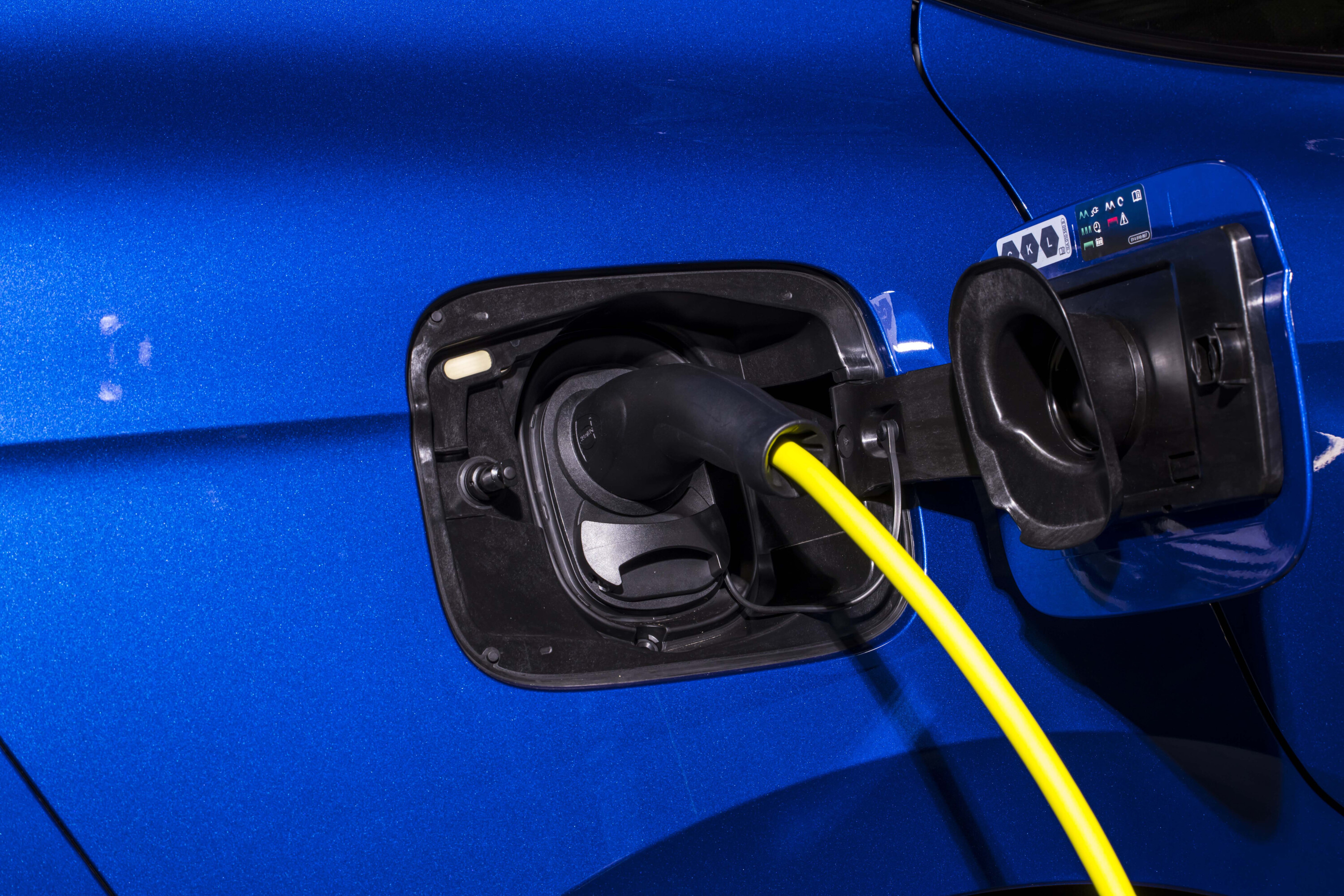 Advice
AdviceHow long does it take to charge an electric car?
It’s a common question that can be complex to answer. We break down the charging times and limitations
-
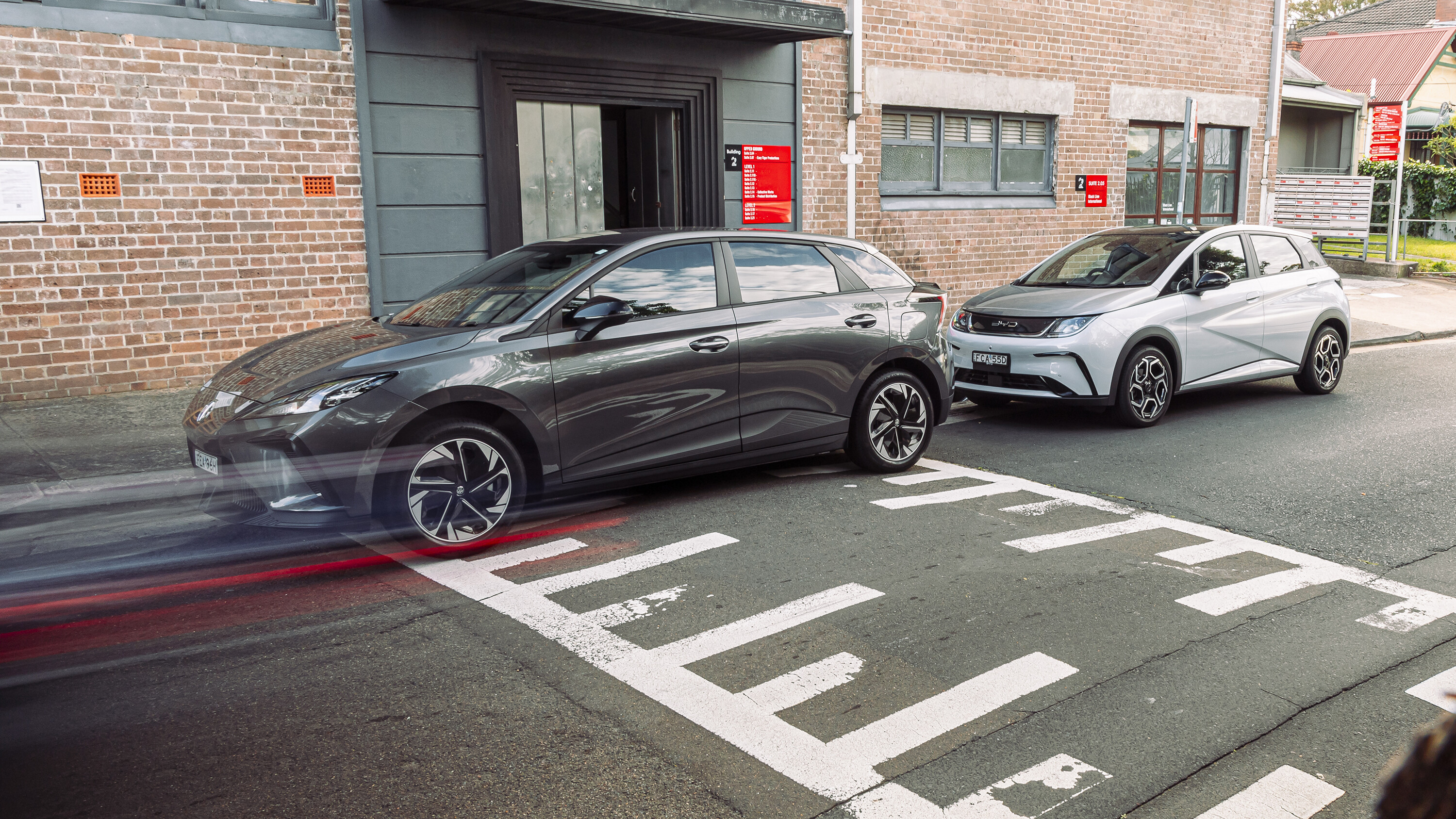 Advice
AdviceHow much do electric cars cost in Australia? Full market pricing!
We break down what to expect to pay for every new EV in Australia today
-
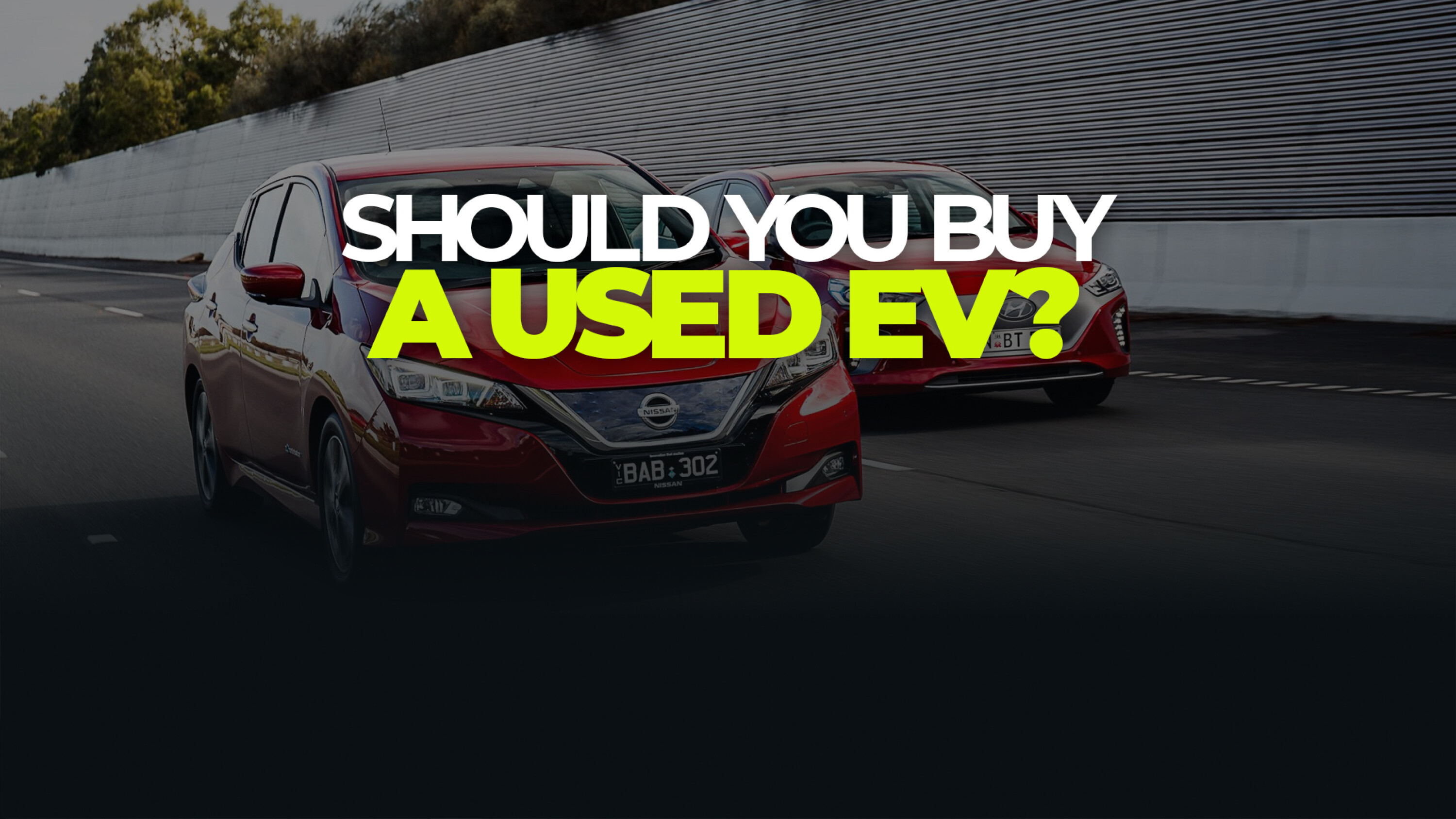 Advice
AdviceShould you buy a used EV? Depreciation & checklist guide
Want to buy a cheaper electric car? A used example might be the answer, but there are a few things to consider first



